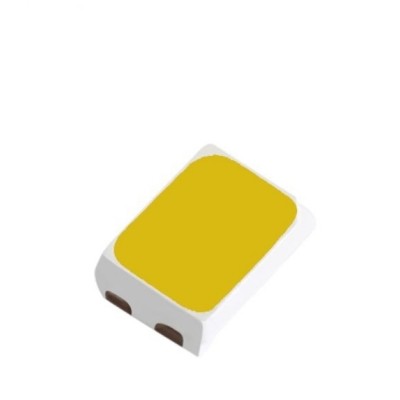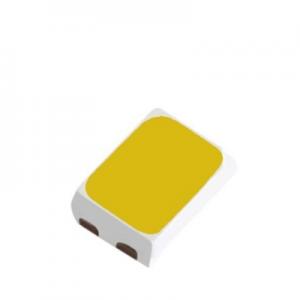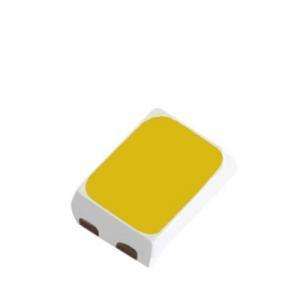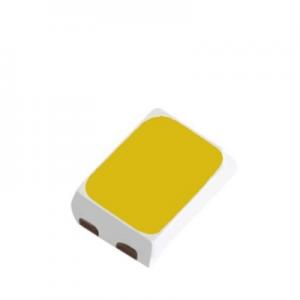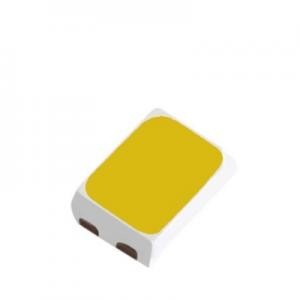100 watt smd led
- Category: 2016 SMD LED
- Brand:ARKTECH
- delivery date: 7 to 9 working days
- payment method: We offer payment options such as Paypal, TT (Telegraphic Transfer), or LC (Letter of Credit)
- Our team offers all-round technical support, including designing according to your requirements, selecting the best solutions based on cost and reliability, principle and LAY-OUT design, customizing s
| Product name | 100 watt smd led |
| Keyword | ultra bright smd led,1206 smd led polarity,smd led 5mm,73.7 lumen smd led,3014 smd led chip,keyboard smd led |
| Place of Origin | China |
| Brand | ARKTECH |
| Current | 121MA |
| Power | 1.8W |
| Voltage | 1.4V |
| Raw material | Copper bracket/ pure gold wire |
| Quantity | 2941pcs/reel |
| Dimensions | 4mm*5.8mm*1.1mm, (Contact us for specific information to confirm) |
| Applicable Industries | road traffic, etc. |
| Color | blue |
| Weight | 18mg |
| Product Description | 3v smd led,SMD 5050 LED 365-395nm 1w for naillamp,SMD 5630 LED 0.5W Mixyellow chip,3w smd led entspricht,SMD 7070 LED 1W white chip-It is a new surface packaging technology that encapsulates LED chips in tiny weldable packaging films and performs surface spot welding on the PCB substrate, thus improving the reliability and production efficiency of LEDs. Compared with traditional LED packaging, SMD LED has the advantages of small size, large light-emitting area, high power, low packaging height, and multiple color temperatures, and can greatly reduce costs through automated production processes. |
| delivery date | Our standard delivery time is 7 to 9 working days. |
| payment method | We offer payment options such as Paypal, TT (Telegraphic Transfer), or LC (Letter of Credit). |
| Life span | 52861 + hours (Contact us for specific information to confirm) |
| warranty | We provide a warranty period of 2 years |
| Advantage | We keep good quality and competitive price to ensure our customers benefit |
| Packing | 11x9.89x8.4mm(Contact us for specific information to confirm) |
| Sales country | All over the world for example:Benin,Cocos (Keeling) Islands,French Polynesia,Latvia,Sri Lanka,Timor-Leste,Guam,Trinidad and Tobago,Europa Island |
| MOQ | 4 reel(Contact us for specific information to confirm) |
| customization services | We welcome customization requests for our products |
| production capacity | We have the capacity to produce 93kk pieces of LEDs per month. |
Segment led display, Custom LED display, Through hole LED, High power LED(Please contact us for specific information about Segment led display)
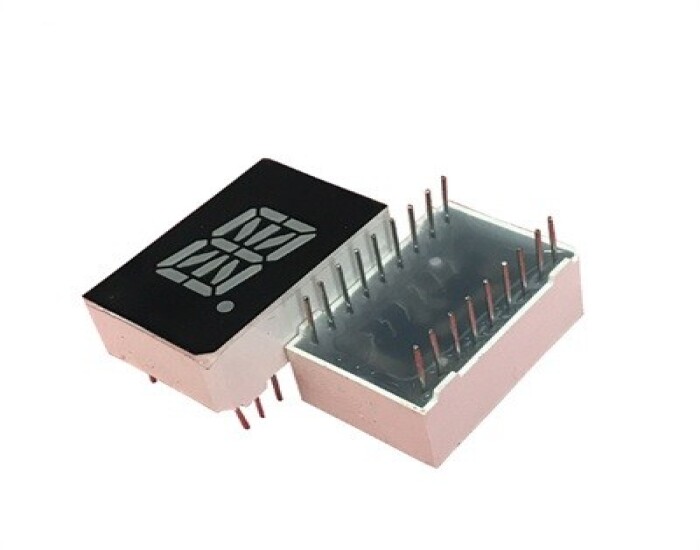
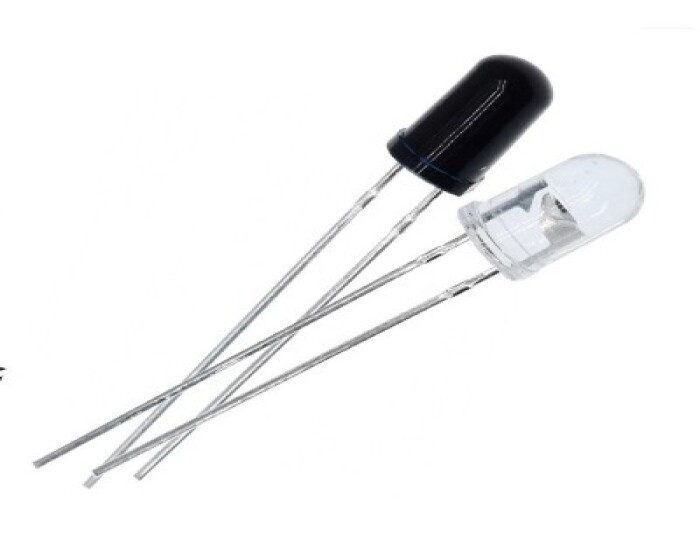
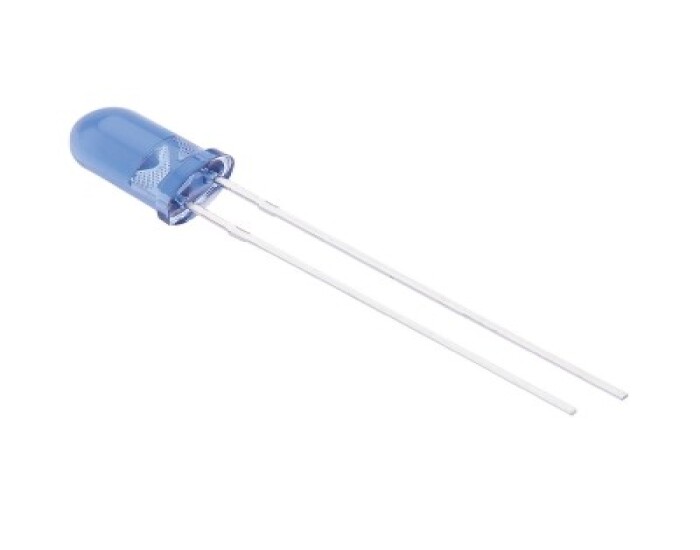
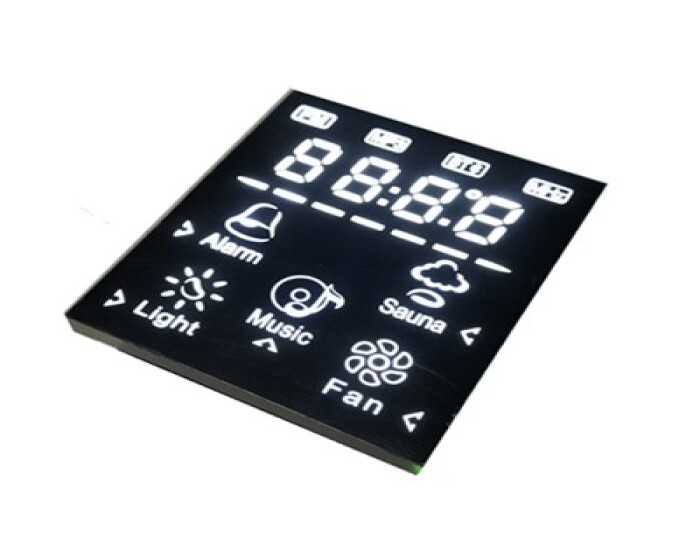
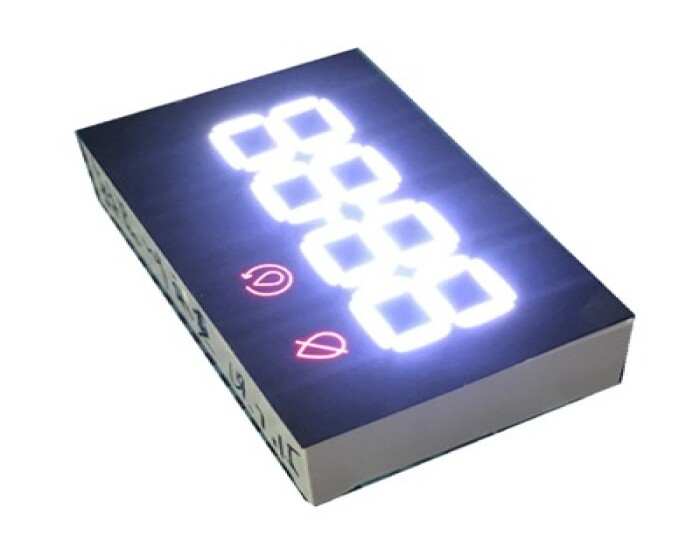
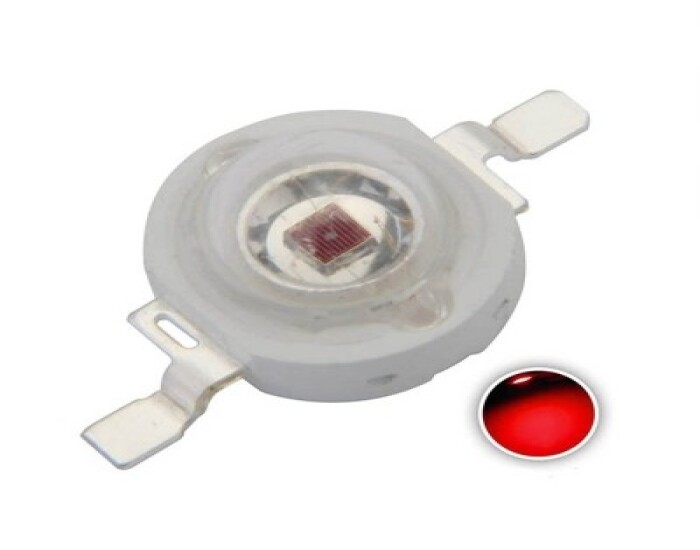
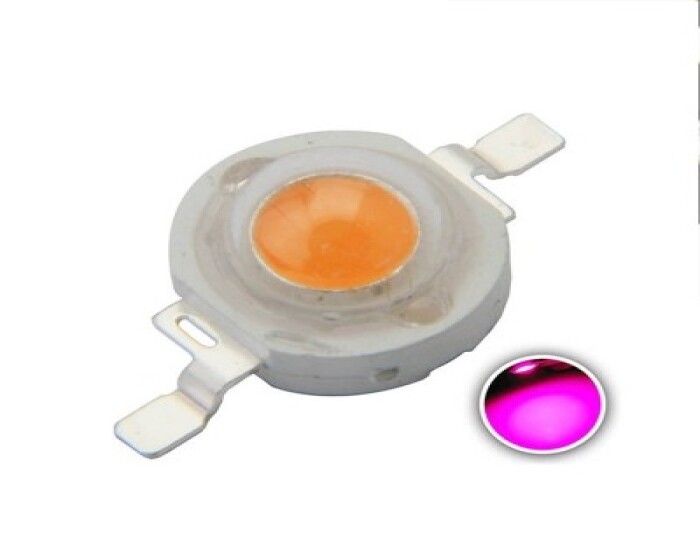
100 watt smd led services FAQs Guide
Are you looking for a quick review guide about 100 watt smd ledservices?
An ultimate FAQ buying guide is available to help you.This guide contains all the information about all the important facts, figures, and various processes regarding 100 watt smd led services.
Let’s continue!
2.Are there any maintenance requirements for 100 watt smd led?
3.What are the benefits of using 100 watt smd led technology?
4.Can 100 watt smd led be used in outdoor settings?
5.What is the color rendering index (CRI) of 100 watt smd led?
6.How does 100 watt smd led handle heat dissipation?
7.How does 100 watt smd led emit light compared to other types of LEDs?
8.How does the color temperature of 100 watt smd led affect its use?
9.What is the typical power consumption of 100 watt smd led?
10.Is 100 watt smd led resistant to shock and vibration?
11.What is the difference between 100 watt smd led and COB LED?
1.Can 100 watt smd led be used for flashing or strobe effects?
We continue to improve 100 watt smd led products and processes to improve efficiency.
Yes, SMD LED can be used for flashing or strobe effects. SMD LED lights can be programmed to turn on and off rapidly, creating a strobe or flashing effect. This can be achieved by using a microcontroller or a specialized LED controller. Additionally, some SMD LED lights come with built-in strobe or flashing modes that can be activated with a remote control or a switch.
2.Are there any maintenance requirements for 100 watt smd led?
We focus on providing high 100 watt smd led quality products and services.
Yes, there are some maintenance requirements for SMD LED:
1. Regular cleaning: Dust and dirt can accumulate on the surface of SMD LED, affecting its brightness and performance. It is important to regularly clean the LED with a soft, dry cloth to remove any dust or dirt.
2. Avoid moisture: SMD LED is sensitive to moisture and can get damaged if exposed to excessive moisture. It is important to keep the LED dry and avoid any contact with water.
3. Check for loose connections: SMD LED is soldered onto a circuit board, and over time, the connections can become loose due to vibrations or temperature changes. It is important to regularly check for loose connections and re-solder them if necessary.
4. Monitor heat dissipation: SMD LED can generate heat, and if not dissipated properly, it can affect its performance and lifespan. It is important to ensure that the LED is installed in a well-ventilated area and that any heat generated is dissipated efficiently.
5. Replace faulty LEDs: If any SMD LED is not functioning properly or has burnt out, it is important to replace it with a new one to maintain the overall performance of the LED system.
6. Follow manufacturer's instructions: It is important to follow the manufacturer's instructions for maintenance and care of SMD LED to ensure its optimal performance and longevity.
3.What are the benefits of using 100 watt smd led technology?
We maintain a stable growth through reasonable capital operations, focus on industry development trends and cutting -edge technologies, and focus on product quality and safety performance.
1. Energy Efficiency: SMD LEDs are highly energy-efficient, consuming up to 80% less energy than traditional incandescent bulbs. This makes them a cost-effective option for lighting.
2. Long Lifespan: SMD LEDs have a longer lifespan compared to traditional bulbs, lasting up to 50,000 hours or more. This means they require less frequent replacements, reducing maintenance costs.
3. Compact Size: SMD LEDs are small in size, making them ideal for use in compact electronic devices such as smartphones, laptops, and TVs. They also allow for more flexibility in design and can be used in a variety of applications.
4. Brightness: SMD LEDs produce bright and uniform light, making them suitable for use in a wide range of lighting applications, from task lighting to ambient lighting.
5. Low Heat Emission: SMD LEDs emit very little heat, making them safe to use in close proximity to heat-sensitive materials or in confined spaces.
6. Durability: SMD LEDs are more durable than traditional bulbs as they are not made of fragile materials like glass. They are also resistant to shock and vibrations, making them suitable for use in rugged environments.
7. Instant On: SMD LEDs light up instantly without any warm-up time, unlike traditional bulbs that take a few seconds to reach full brightness.
4.Can 100 watt smd led be used in outdoor settings?
We should perform well in market competition, and the prices of 100 watt smd led products have a great competitive advantage.
Yes, SMD (Surface Mount Device) LED lights can be used in outdoor settings. They are commonly used in outdoor lighting applications such as street lights, flood lights, and landscape lighting. SMD LEDs are designed to be durable and weather-resistant, making them suitable for outdoor use. However, it is important to ensure that the SMD LED lights are rated for outdoor use and are properly installed to withstand harsh weather conditions.
5.What is the color rendering index (CRI) of 100 watt smd led?
Our 100 watt smd led products have competitive and differentiated advantages, and actively promote digital transformation and innovation. The color rendering index (CRI) of SMD LED can vary depending on the specific type and brand, but generally ranges from 70 to 90. Some high-quality SMD LEDs may have a CRI of 95 or higher.
6.How does 100 watt smd led handle heat dissipation?
We have advanced production equipment and technology to meet the needs of customers, and can provide customers with high quality, low priced 100 watt smd led products.
SMD (Surface Mount Device) LED chips are designed to handle heat dissipation in several ways:
1. Heat Sink: SMD LEDs are often mounted on a heat sink, which is a metal plate or structure that helps to dissipate heat away from the LED chip. The heat sink provides a larger surface area for heat to dissipate, allowing the LED to operate at a lower temperature.
2. Thermal Pad: Some SMD LEDs have a thermal pad on the bottom of the chip, which helps to transfer heat away from the LED and onto the heat sink.
3. Thermal Via: SMD LEDs may also have thermal vias, which are small holes in the PCB (printed circuit board) that allow heat to transfer from the LED chip to the other side of the board, where it can be dissipated.
4. Copper Traces: The PCB may also have copper traces that act as heat sinks, helping to dissipate heat away from the LED chip.
5. Encapsulation: SMD LEDs are often encapsulated in a material that helps to dissipate heat, such as silicone or epoxy. This material also protects the LED chip from external factors that could affect its performance.
Overall, SMD LEDs are designed to efficiently dissipate heat and maintain a low operating temperature, which helps to prolong their lifespan and maintain their performance.
7.How does 100 watt smd led emit light compared to other types of LEDs?
Our company has many years of 100 watt smd led experience and expertise.
SMD (Surface Mount Device) LEDs emit light in a similar way to other types of LEDs, but they have a different construction and packaging that allows for more efficient and compact use.
Like other LEDs, SMD LEDs use a semiconductor material, typically gallium nitride (GaN), to produce light when an electric current is applied. The semiconductor is sandwiched between two layers of different materials, called the p-type and n-type layers. When a voltage is applied to the LED, electrons from the n-type layer flow into the p-type layer, where they combine with positively charged holes" to produce light.
8.How does the color temperature of 100 watt smd led affect its use?
We have established long-term and stable partnerships with our suppliers, so we have great advantages in price and cost and quality assurance.
The color temperature of SMD LED affects its use in several ways:
1. Color appearance: The color temperature of an SMD LED determines the color appearance of the light it emits. A lower color temperature (2700K-3000K) produces warm white light, while a higher color temperature (5000K-6500K) produces cool white light. This can affect the ambiance and mood of a space, as well as the visibility and clarity of objects under the light.
2. Application suitability: The color temperature of an SMD LED can make it more suitable for certain applications. For example, warm white light is often preferred for residential and hospitality settings, while cool white light is more suitable for commercial and industrial settings.
3. Color rendering: The color temperature of an SMD LED can also affect its color rendering index (CRI), which is a measure of how accurately the light source renders colors compared to natural light. A higher color temperature can result in a higher CRI, making colors appear more vibrant and true to life.
4. Energy efficiency: The color temperature of an SMD LED can also impact its energy efficiency. Generally, higher color temperatures require more energy to produce, so a lower color temperature may be more energy-efficient.
5. Human health: The color temperature of an SMD LED can also have an impact on human health. Exposure to cool white light with a high color temperature at night can disrupt the body's natural sleep-wake cycle, while warm white light with a lower color temperature is less likely to have this effect.
Overall, the color temperature of an SMD LED is an important factor to consider when choosing the right lighting for a specific application, as it can affect the appearance, suitability, energy efficiency, and potential health impacts of the light.
9.What is the typical power consumption of 100 watt smd led?
100 watt smd led is not a product only, but also can help you comes to money-making.
The typical power consumption of SMD LED varies depending on the size and type of the LED. Generally, the power consumption can range from 0.05 watts to 1 watt per LED. However, some high-power SMD LEDs can consume up to 5 watts. It is important to check the specifications of the specific SMD LED to determine its power consumption.
10.Is 100 watt smd led resistant to shock and vibration?
We have the leading technology and innovation capabilities, and attach importance to employee training and development, and provide promotion opportunities.
Yes, SMD LED (Surface Mount Device Light Emitting Diode) is generally resistant to shock and vibration. This is because SMD LEDs are mounted directly onto a circuit board, which provides stability and protection against external forces. Additionally, SMD LEDs do not have any moving parts, making them less susceptible to damage from shock and vibration. However, excessive or prolonged shock and vibration can still potentially damage SMD LEDs, so it is important to handle them with care.
11.What is the difference between 100 watt smd led and COB LED?
We have rich industry experience and professional knowledge, and have strong competitiveness in the market.
SMD LED (Surface Mount Device LED) and COB LED (Chip on Board LED) are two different types of LED technology used in lighting applications. The main differences between them are:
1. Design: SMD LEDs are small, individual LED chips mounted on a circuit board, while COB LEDs consist of multiple LED chips bonded directly to a substrate, creating a single module.
2. Size: SMD LEDs are smaller in size compared to COB LEDs, making them suitable for compact and slim lighting designs.
3. Light output: COB LEDs have a higher light output compared to SMD LEDs due to their larger size and higher number of LED chips.
4. Heat dissipation: COB LEDs have better heat dissipation capabilities compared to SMD LEDs, as the multiple LED chips are spread out over a larger surface area.
5. Color consistency: COB LEDs have better color consistency compared to SMD LEDs, as the multiple LED chips are closely packed together, resulting in a more uniform color output.
6. Cost: SMD LEDs are generally less expensive compared to COB LEDs, making them a more cost-effective option for lighting applications.
In summary, SMD LEDs are smaller, more affordable, and suitable for compact designs, while COB LEDs have a higher light output, better heat dissipation, and color consistency. The choice between the two will depend on the specific lighting needs and budget of the application.
INQUIRY
CATEGORIES
LATEST NEWS
CONTACT US
Name: Ms.Wendy
Mobile:0086-15861679389
Tel:0086-81725657
Whatsapp:0086 17386542651
Email:info@arktechcn.com
Add:8# HengDa CaiFu Center, JinKai Industrial Area, Wuci City, Jiang Su, China

